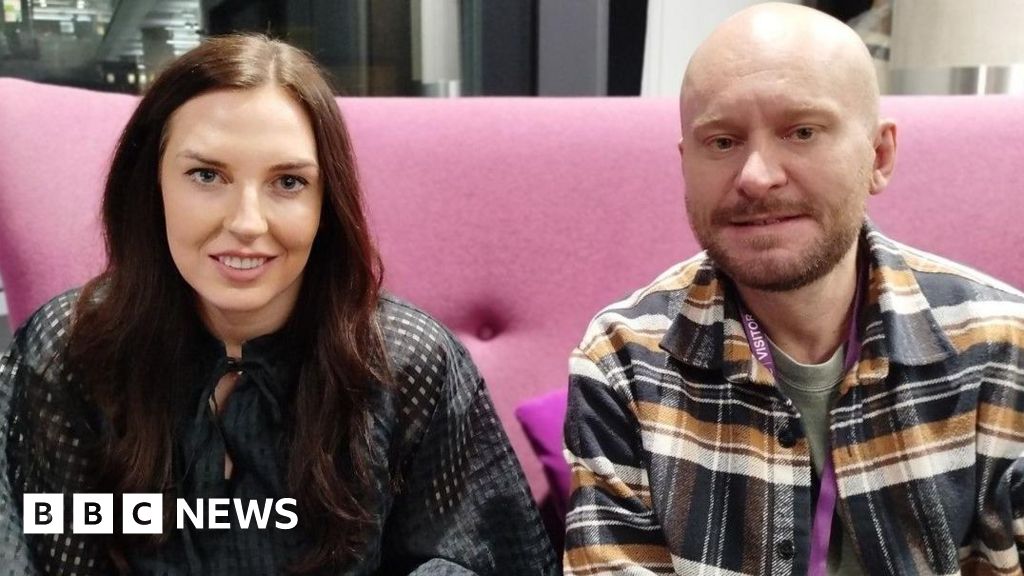This week, more than 800,000 student loan borrowers with billions of dollars in debt will start to have their loans discharged.
The one-time account adjustment comes after the Biden administration last month announced it would forgive student loans for 804,000 borrowers with a combined $39 billion in federal student loan debt. These borrowers have been in income-driven repayment (IDR) plans for more than 20 years and “never got the credit they earned” under IDR plans, the White House said in a statement Monday.
“Hundreds of thousands of borrowers weren’t accurately getting credit for student loan payments that should have delivered them forgiveness under income-driven repayment plans,” President Joe Biden said in the statement. They “will start to see their student debt canceled” this week.
How will I know if my loan is forgiven?
Look for an email from your loan servicing company, which began alerting people about the debt forgiveness on Monday, according to ABC News.
The Biden administration has targeted borrowers enrolled in IDR plans for forgiveness because of “historical failures” of the system.
IDR plans work by calculating monthly repayment sums based on the borrower’s income. That payment can be as low as $0 a month, for borrowers who don’t earn an income.
Student loan borrowers enrolled in an IDR plan should technically be eligible for forgiveness after making either 240 or 300 monthly payments on an IDR plan or a standard repayment plan, according to Department of Education regulations. That includes borrowers with monthly payments as low as $0.
However, reviews by the Education Department of IDR payment-tracking procedures “revealed significant flaws” in the system that suggested borrowers were “missing out on progress toward IDR forgiveness,” according to a statement from the DOE last year. In addition, the department’s review of Federal Student Aid suggested that struggling borrowers were placed into forbearance by loan servicers, in violation of DOE rules.
On July 14, the Department of Education informed borrowers enrolled in income-driven repayment plans who have accumulated the equivalent of either 20 or 25 years of qualifying monthly payments that they would soon receive notices confirming their debt was canceled.
“For far too long, borrowers fell through the cracks of a broken system that failed to keep accurate track of their progress towards forgiveness,” U.S. Secretary of Education Miguel Cardona said in a statement at the time.
The federal relief will completely wipe out student loan debt for more than 614,000 people, according to the White House statement Monday.
The Education Department did not immediately reply to CBS MoneyWatch’s request for comment.
Who qualifies for the new student loan forgiveness?
While some borrowers in IDR plans are heaving a sigh of relief this week, millions of Americans will soon need to make payments on their student loans for the first time in more than three years.
Interest will start accruing on September 1, and loan repayments will begin in October.
Roughly 43.5 million Americans have taken on student loans, with the average borrower owing $37,787, Federal Reserve Bank of New York data shows.
Last year, President Biden announced his administration would cancel up to $20,000 in student loan debt for millions of Americans, a touchstone of his presidential campaign. However, the Supreme Court blocked the administration’s plans in June, ending the program before discharges could begin.
For those facing repayments that they’re thinking of skipping, options exist.
One is the new Saving on a Valuable Education (SAVE) plan, an income-driven repayment program, which opened in July. The SAVE program was developed as an alternative for borrowers to avoid the pitfalls of traditional IDRs, such as interest that can snowball.
The program could cut monthly payments in half or even to $0 for borrowers. Many will save up to $1,000 a year on repayments, according to the Biden administration.















































